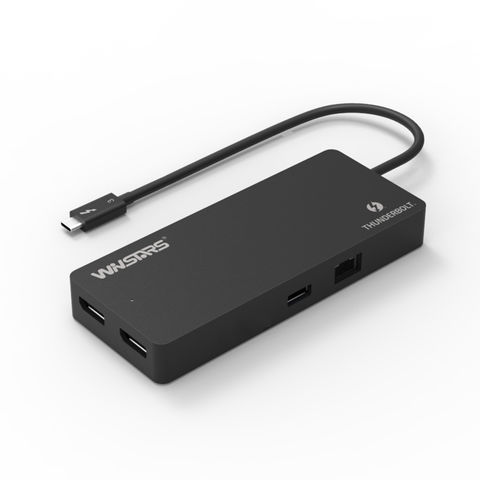

I think it is a driver related conflict, directly associated with the Oculus software. When connecting the Quest 2 and the box appears 'USB device not recognised', I then look in 'Device Manager', and in the list shows 'Oculus Device/ Oculus XRSP Interface'? The '!' symbol, shows a problem? I right click on this to search and update driver, but Win 10 says it is the right driver for the device, I have tried a troubleshoot, et. The Oculus USB Link cable DOES charge the Quest 2. The two USB-C ports do work with other devices, like portable SSD's. USB Type-C becomes truly universal as Intel aligns the latest Thunderbolt standard with USB's new reversible port. Second, Thunderbolt has three versions and only Thunderbolt 3 uses USB C port. One port to rule them all: Thunderbolt 3 and USB Type-C join forces. Icon A crucial point when highlighting the physical difference between Thunderbolt 3 and USB-C is the icon. If you wish to connect USB-C with Thunderbolt 3, it will ensue but with restrictions. I don't have a clue what you mean ''TBT ICs''? Oculus Tech have suggested from the diagnostic file, that there is a hardware problem, and said they can no longer continue this case? To me that is being too dismissive? I do not not believe it is the fault of the USB cable, as I have tried several other cables. First, USB C is just a form of USB hardware interface, while Thunderbolt is an interface standard combining PCI Express data transmission technology with DisplayPort display technology. However, USB-C lacks the functionality of Thunderbolt 3 despite having the same design. Intel is also reportedly working to integrate Thunderbolt 3 into future CPUs, which should also help adoption.Thanks for reply. Both USB-C and TB3 can be used to power devices, transfer data at high speeds, and connect a variety of peripherals including displays. Both use the Type-C form factor for the connection. Thunderbolt 3, it’s important to note that both connections share quite a bit in common. By opening up the protocol, Intel hopes to encourage “broader adoption in the ecosystem, with a lot of different peripherals and other devices,” Jason Ziller, who leads Intel’s Thunderbolt development, tells Wired. Similarities between USB-C and Thunderbolt 3. Thunderbolt 3 is one of the most versatile USB-C solutions out there, with fast speeds and charging, but Intel’s licensing fees also meant that its more expensive to use. One of those standards is Intel’s Thunderbolt 3, the current generation of Intel’s ultra-fast data transfer system, which switched from using the Mini DisplayPort connection to USB-C. USB-C is a complicated specification - just because a port is physically a USB-C port, doesn’t mean it’s got the same technology driving it on the inside.

Intel is planning to get rid of the royalties it charges third-party chipmakers that use its Thunderbolt 3 specification sometime next year, according to a report from Wired, which could make it easier for hardware manufacturers to use Intel’s data transfer specification.


 0 kommentar(er)
0 kommentar(er)
